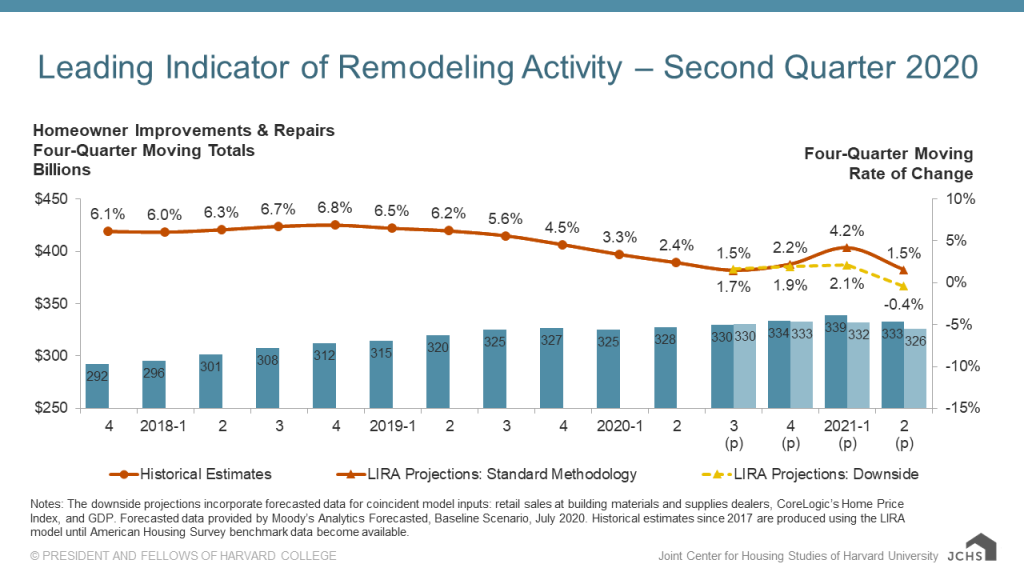(TNS)— If coronavirus disease (COVID-19) stay-at-home restrictions are easing in your community, you might wonder how to visit public places and protect your health. Here’s what you need to know.
Before You Head Out
Follow guidance where you live. In the U.S., activity restrictions vary among cities and states. Before you head out, check your city or state health department’s website for information about local restrictions aimed at preventing the spread of the COVID-19 virus.
The best way to protect yourself from the COVID-19 virus is to avoid exposure. If you go out, wear a cloth face covering. Keep a distance of about 6 feet (2 meters) from others if the COVID-19 virus is spreading in your community, especially if you have a higher risk of serious illness. Avoid close contact with anyone who is sick or has symptoms. Also, avoid large events and mass gatherings.
In addition, practice good hygiene. Wash your hands often with soap and water for at least 20 seconds, or use an alcohol-based hand sanitizer that contains at least 60 percent alcohol. Cover your mouth and nose with your elbow or a tissue when you cough or sneeze and then wash your hands or use hand sanitizer. Also, avoid touching your eyes, nose and mouth.
If you feel sick, stay home. Don’t visit public areas unless you’re going to get medical care. Avoid taking public transportation if you’re sick.
And if you’re at higher risk of serious illness, don’t head out into the community just yet. It’s safer to stay home. If other members of your household return to work or visit places where social distancing isn’t possible, it’s recommended that they isolate themselves from you.
Safety Tips for Public Places
Beyond taking general precautions to prevent COVID-19, consider specific safety tips for visiting different public places.
Traveling
Before traveling check the websites of the U.S. Centers for Disease Control and Prevention (CDC) and the World Health Organization (WHO) for health advisories and self-quarantine requirements. Consider checking the U.S. Transportation Security Administration’s website and your airline’s website for additional guidance.
Consider the risks associated with different types of travel. There might be a risk of getting the COVID-19 virus on a crowded flight if other travelers on board are infected. On a bus or train, sitting or standing within 6 feet (2 meters) of others for a prolonged period can put you at risk of getting or spreading the COVID-19 virus. Traveling by car or recreational vehicle often involves stops that could put you in close contact with infected people.
If you’re planning on booking a hotel room, check the hotel’s website to learn about precautions being taken and if amenities, such as the gym or restaurant, will be open. Bring cleaning supplies with you. When you get to your room, disinfect all high-touch surfaces, such as light switches, sink faucet handles, door knobs and the remote control. Wash plates, cups or silverware (other than pre-wrapped plastic) before using. Also, confirm the hotel’s cancellation policy before making a booking.
Restaurants
Before you eat at a restaurant, check the restaurant’s safety practices. Are the employees wearing cloth face coverings, regularly disinfecting high-touch surfaces and practicing social distancing? Is there good ventilation? Are tables set far enough apart from each other to allow for social distancing? Is the menu digital or disposable?
Ideally, the restaurant won’t offer salad bars, buffets and drink-filling stations that require people to use common utensils or dispensers. If you need to wait in line for service, maintain a distance of at least 6 feet (2 meters) from others. If possible, use touchless payment.
When ordering takeout, try to pay online or over the phone to limit contact with others. If you’re having food delivered, ask for it to be left outside your home in a safe spot, such as the porch or your building’s lobby. Otherwise, stay at least 6 feet (2 meters) away from the delivery person. If you’re picking up your food at the restaurant, maintain social distancing while waiting in the pickup zone. After bringing home your food, wash your hands or use hand sanitizer.
Places of Worship
Before going to a place of worship, check to see if the size of gatherings is being limited and how that might affect your visit. Seek out services held in large, well-ventilated areas. Continue social distancing during services.
Also, avoid contact with frequently touched items, such as books. Place any donations in a stationary collection box. If food is offered at an event, look for pre-packaged options.
Gyms
Before going to the gym, call to see if it’s limiting how many members are allowed in at the same time. You might have to reserve a block of time in advance, with staff cleaning the facility between blocks. Ask about the facility’s cleaning and disinfecting policies and whether you’ll be able to use the locker room or bathroom. If you are interested in group exercise classes, ask if they are being offered.
Your gym will likely enforce social distancing by blocking access to every other cardio machine. Follow the gym’s guidelines and stay at least 6 feet (2 meters) away from other members. Clean equipment before and after using it. Some equipment that’s difficult to clean, such as foam rollers and yoga blocks, might not be available.
If you’re at higher risk of serious illness, you might consider waiting to return to the gym. Ask if your gym offers virtual classes or training.
Salons
When making your appointment, ask about safety measures. You might be required to attend your appointment alone, wash your hair at home to reduce traffic near the shampoo area, and wait in your car or outside until your appointment begins. In addition, you might ask whether the salon is offering blow drying. Eliminating blow drying could reduce the spread of germs.
Ideally, the salon will stagger appointments to limit how many people are in the facility at the same time. You might ask about the salon’s disinfecting practices. Is the staff regularly wiping down high-touch surfaces? Are chairs and headrests disinfected after they are used? Is the staff wearing cloth face coverings and regularly washing their hands? Are they wearing single-use gloves for nail and facial work? Also, look for touchless payment options.
Grocery Stores
Before going to get your groceries, consider visiting the chain’s website to check on the precautions being taken. For smaller businesses, call the store.
To make social distancing easy, visit the grocery store early in the morning or late at night, when the store might be less crowded. If you’re at higher risk of serious illness, find out if the store has special hours for people in your situation and shop during these times. You might also consider ordering your groceries online for home delivery or curbside pickup.
At the store, disinfect the handle of the shopping cart or basket. Stay at least 6 feet (2 meters) away from others while shopping and in lines. If possible, pay without touching money or a keypad or use hand sanitizer after paying. Also, apply hand sanitizer after you leave the store. When you get home, wash your hands.
©2020 Mayo Foundation for Medical Education and Research
Distributed by Tribune Content Agency, LLC





